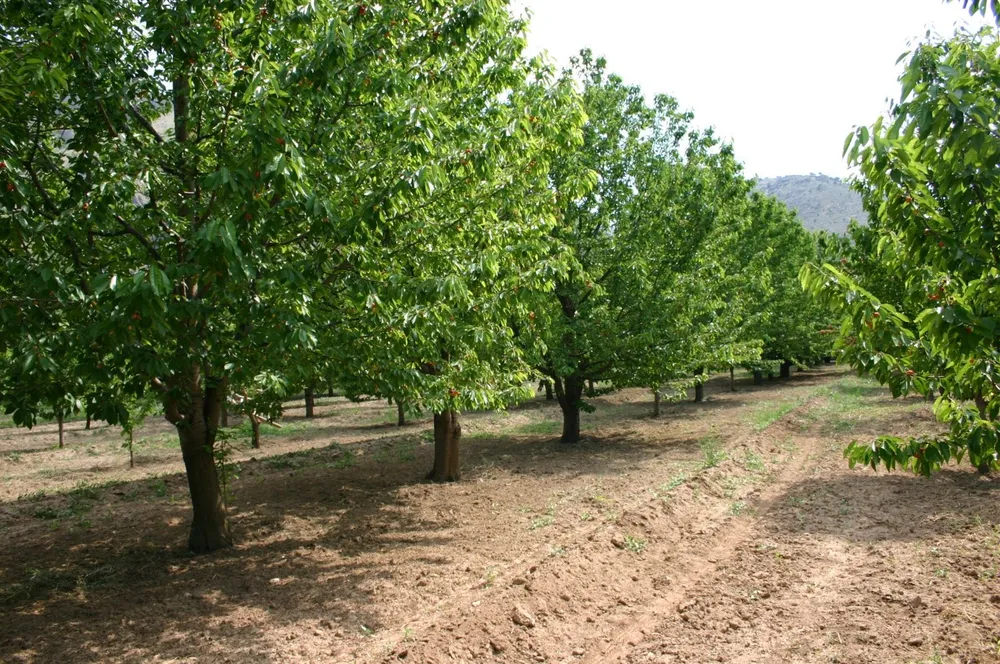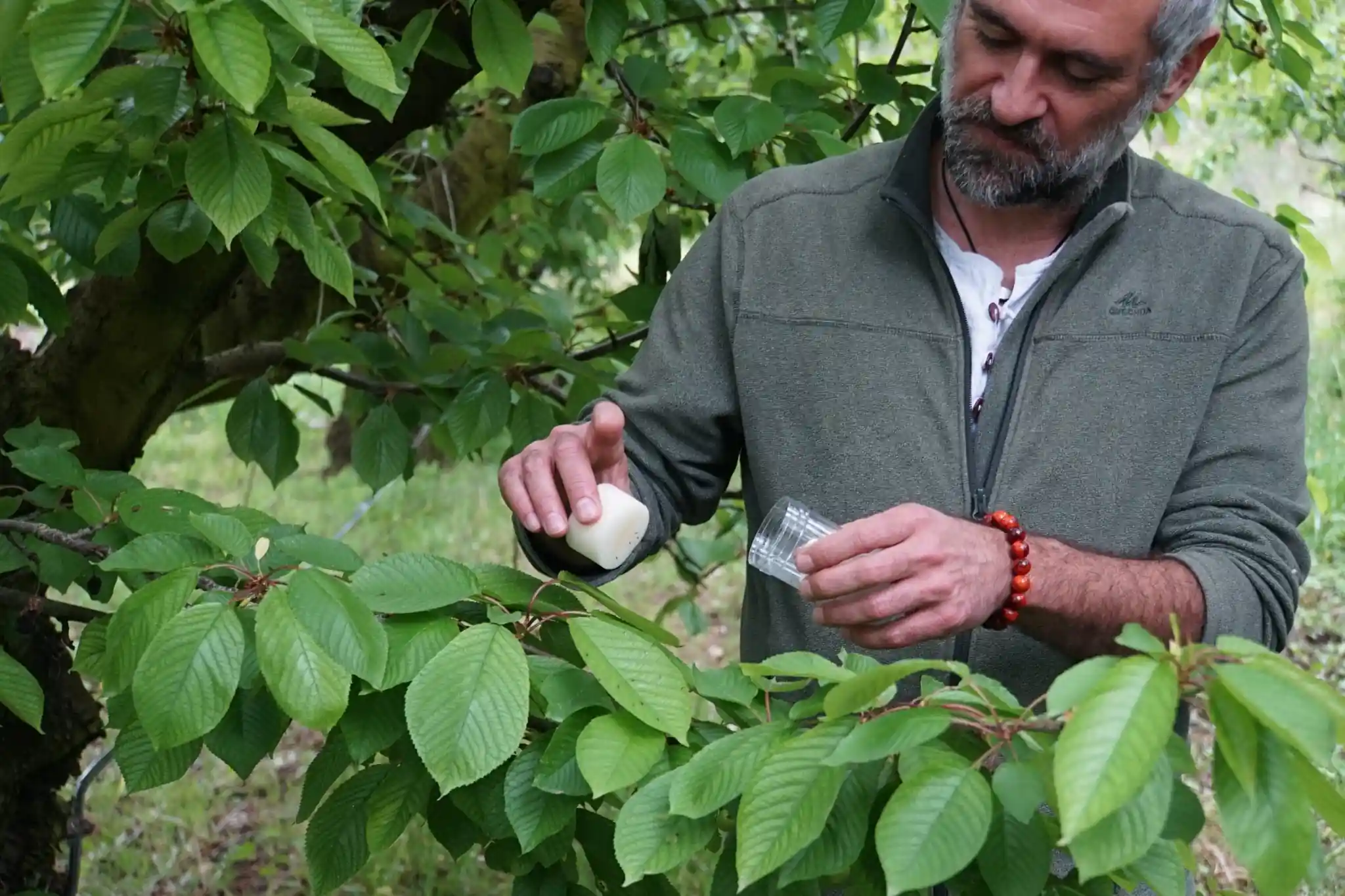The practise of thinning sweet cherries is primarily motivated by market forces, as larger fruit commands a higher price on the market. Fruit size is largely determined by the cultivar, but is also substantially influenced by the number of fruits on the tree.
This quantity is contingent on a number of variables, including the amount of pollination, which is affected by springtime weather conditions. It has been demonstrated that thinning improves crop quality by reducing fruit set in self-pollinating cherry cultivars, which have a 10-15% higher fruit set than cross-pollinating cultivars.
Therefore, in instances where there is a large fruit or flower bud set, early pruning may significantly increase the overall value of the crop. However, the practise of thinning flowers or fruit in cherries, apricots, European plums and Japanese plums for the purpose of size regulation and enhanced crop value is only applicable during years of abundant crop load, i.e. when there are a substantial number of blooms or fruit set.
In addition, bud thinning is recommended in later phases for stone fruit species in order to reduce the risk of branch breakage due to heavy fruit load. Due to the substantial time and labour investments required, the economic justification for hand/manual thinning may be brought into question.
Despite the need for many skilled personnel in a short amount of time, this strategy remains the most precise method for thinning. The use of a portable thinning machine can facilitate the manual thinning process. This device acts as a bridge between mechanical and manual thinning techniques, resulting in increased efficacy and a substantial cost savings.
Chemical thinning offers cost and time advantages over manual thinning because of reduced labour and the use of conventional plant protection equipment. For chemical thinning, bloom desiccants, growth regulators, and photosynthesis inhibitors are utilised. In comparison to pears and apples, cherry trees produce significantly more fruit per shoot.
Due to the comparatively low weight of the fruit per centimetre square of the trunk's cross-sectional area, thinning is not considered strictly necessary. Rootstock vigour affects the number of flowers in the plant, and it has been observed a higher production in those grafted onto dwarfing and semi-dwarfing rootstocks.
Regardless of vigour, the impact of rootstock on fruit production remains significant. However, the correlation between increased yield and smaller fruit size remains constant across all rootstock types. Using a suitable rootstock that enables the achievement of satisfactory harvests of high-quality cherry is a logical solution for cultivars that are self-fertile when chemical thinning produces inconsistent results in different years.
The results of comparative experiments conducted on self-fertile 'Lapins' sweet cherry trees reveal that the rootstocks Gi 154/7 and Gisela 4 resulted in the highest yield per tree and yield efficiency, especially in terms of producing fruit weighing approximately 7 grammes. Trees grown on P-HL-A and Gi 523/02 rootstocks produced cherries of substantial size, weighing 7.7 and 7.7 g, respectively. However, it is important to note that the aggregate production throughout the study period decreased significantly
The trees cultivated on the widely used Gisela 5 dwarf rootstock had a modest fruit size of 6.1 grammes and yielded a rather low quantity. Looking towards a greater sustainability (both environmental and economic) in the management of the production load, it is necessary to continue studies in this direction in order to adapt the thinning techniques to the cultivar-rootstock combination adopted.
Fonte: Rutkowski, K.; Łysiak, G.P. Thinning Methods to Regulate Sweet Cherry Crops—A Review. Appl. Sci. 2022, 12, 1280. https://doi.org/10.3390/app12031280.
Melissa Venturi
University of Bologna (IT)
Cherry Times - All rights reserved












